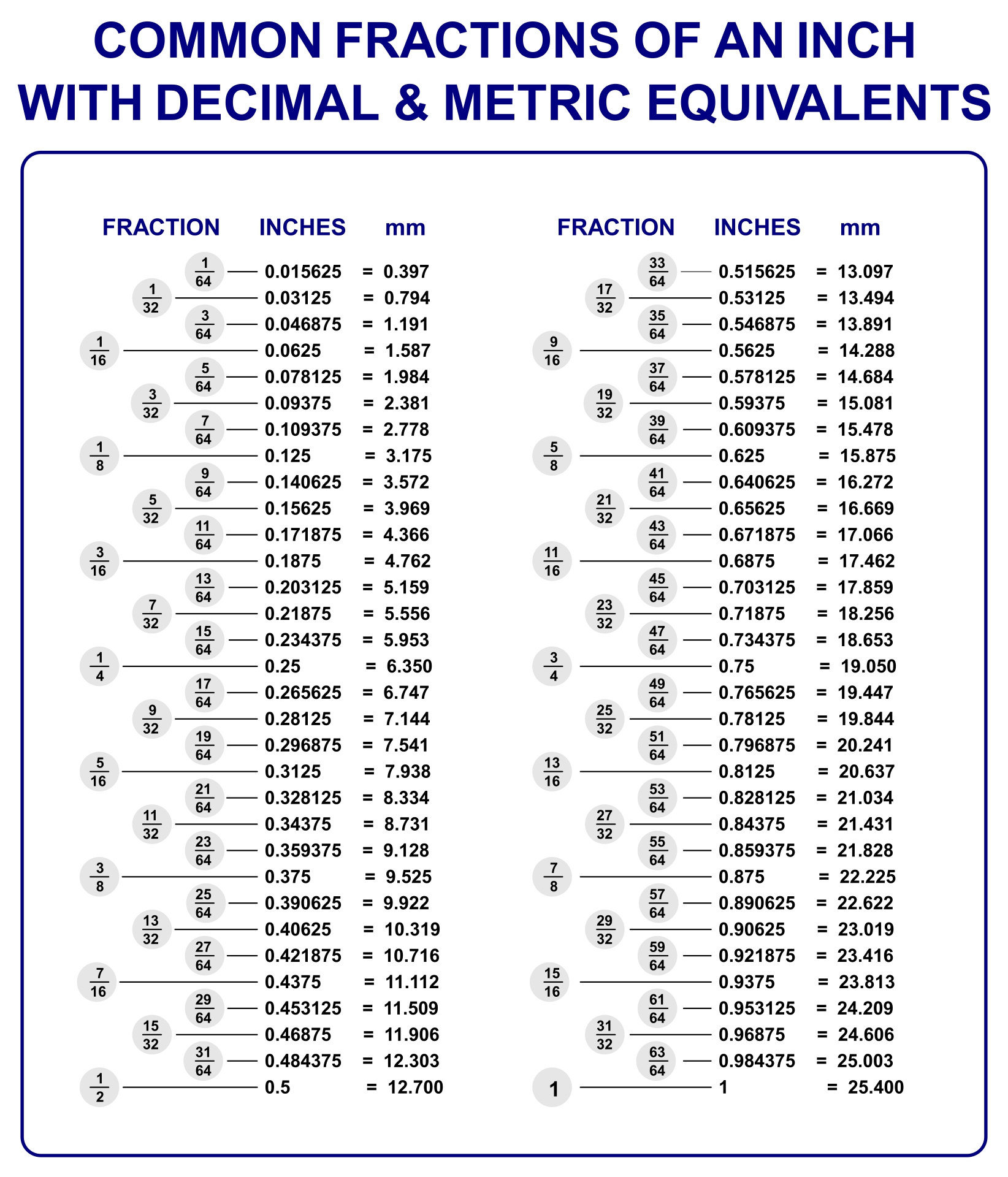Have you ever wondered what happens when you divide a whole number by another whole number? It can lead to some interesting results, like when we divide 5 by 2. You might immediately think of the answer as 2.5, but what does that mean? Why is it represented as a decimal? And what other ways can we express the relationship between those two numbers? Let’s dive deep into the world of fractions and decimals to find out!

Image: www.freecodecamp.org
Understanding decimals is vital for various aspects of our lives. From everyday tasks like calculating the price of items at the store to complex scientific calculations, decimals are a fundamental tool. This article will explore the relationship between fractions and decimals, focusing specifically on the fraction 5/2 and its decimal representation. We’ll uncover the reasons behind this representation and explore its importance in daily life and various fields.
Fractions: The Building Blocks of Numbers
Before we jump into the decimal world, let’s lay a solid foundation on fractions. A fraction represents a part of a whole. It consists of two numbers, a numerator and a denominator, separated by a horizontal line. The numerator indicates the number of parts we are considering, while the denominator tells us the total number of parts the whole is divided into.
For example, think of a pizza cut into 8 slices. If you eat 3 slices, you have eaten 3/8 of the pizza. The numerator, 3, represents the number of slices you ate, while the denominator, 8, represents the total number of slices in the pizza.
Decimals: Expressing Fractions in a Different Language
Decimals offer another way to represent parts of a whole. They use a decimal point to separate the whole number part from the fractional part. The digits after the decimal point represent tenths, hundredths, thousandths, and so on.
For instance, 0.5 represents one-half (1/2), 0.25 represents one-quarter (1/4), and 0.75 represents three-quarters (3/4). We can see that decimals are like a different way of writing the fraction. They are both used to express parts of a whole.
The Case of 5/2: Converting to a Decimal
Now we arrive at the heart of our exploration: 5/2. This fraction represents five halves, meaning we have five parts out of a whole that is divided into two parts. To convert this fraction to a decimal, we perform a simple division: 5 ÷ 2 = 2.5.
This result tells us that 5/2 is equivalent to 2.5. We can see that 5/2 is greater than 2 and less than 3, as we have more than two whole parts and less than three whole parts when we divide 5 by 2.

Image: big.concejomunicipaldechinu.gov.co
Visualizing 5/2 as a Decimal
Let’s visualize this result with a ruler. Imagine marking the ruler from 0 to 3. The mark at 2 is our starting point. Now, divide the space between 2 and 3 into ten equal parts. Each of these parts represents 0.1, our tenths. We move 5 spaces across the ruler, starting from the 2 mark. We will stop at the mark that represents 2.5, confirming our previous calculation.
This visualization clearly shows that 5/2 is equivalent to 2.5, highlighting the relationship between fractions and decimals.
Importance of Decimals: Beyond the Textbook
Decimals are essential for numerous aspects of our lives:
- Finance: We use decimals to represent money, with currency units broken into smaller denominations. For example, $2.50 is represented as 2.50, with the decimal point separating the dollar amount from the cents amount.
- Measurements: Many measurements, such as height, weight, and distances, are often expressed using decimals. A ruler is a prime example, with numbers representing full inches followed by decimals for subdivisions within each inch.
- Science and Engineering: Decimals are vital for scientific and engineering calculations, where precision is crucial. For instance, decimals are used in expressing measurements like temperature, volume, and mass. They also play a key role in physics and chemistry when working with formulas and equations.
- Computers: Computers work with binary numbers – 0s and 1s. However, for us humans, decimal numbers provide a more intuitive way to represent and operate on numbers. This makes decimals essential for creating user interfaces and software that interface with users.
Beyond Simple Conversions: Exploring More
The decimal representation of 5/2 may seem simple, but there’s much more to explore. For example, let’s consider the concept of repeating decimals. Some fractions, when converted to decimals, lead to repeating patterns of digits. This happens when the denominator of the fraction has prime factors other than 2 and 5.
Take the fraction 1/3, for example. When you divide 1 by 3, you get 0.3333…, where the “3” repeats infinitely. We usually write this as 0.3, placing a bar over the repeating digit to indicate the repetition.
Conversely, fractions with denominators that are only divisible by 2 and 5 will always produce “terminating decimals” – decimals that end. This is because 2 and 5 are the prime factors of 10, our decimal base.
Understanding 5/2: Beyond a Simple Calculation
This article has shown us that 5/2 is not merely a simple mathematical expression. It’s a great starting point for understanding how fractions and decimals relate to each other. We’ve explored visual representations, real-world applications, and some deeper concepts like repeating decimals, giving us a comprehensive understanding of this seemingly simple fraction.
The next time you encounter 5/2, you’ll have a deeper appreciation for the connection between fractions and decimals. You’ll also recognize their importance in various aspects of our world, from everyday calculations to complex scientific endeavors.
5/2 As A Decimal
Further Exploration: Digging Deeper
We’ve just scratched the surface of the fascinating world of fractions, decimals, and their applications. If you are interested in learning more, you can explore these resources:
- Khan Academy: A valuable online platform for learning about fractions and decimals, along with other mathematical concepts
- Your local library: Check out books on math for kids or adults, especially those focusing on fractions and decimals
- Online math forums: Participate in discussions and ask questions about fractions, decimals, and any other mathematical concepts you are interested in.
The world of mathematics is full of wonder and beauty. Explore it with passion and curiosity, and you’ll discover the power of numbers to unlock new understanding and solve various problems.





